Kelson Reads <p>wants to read</p>
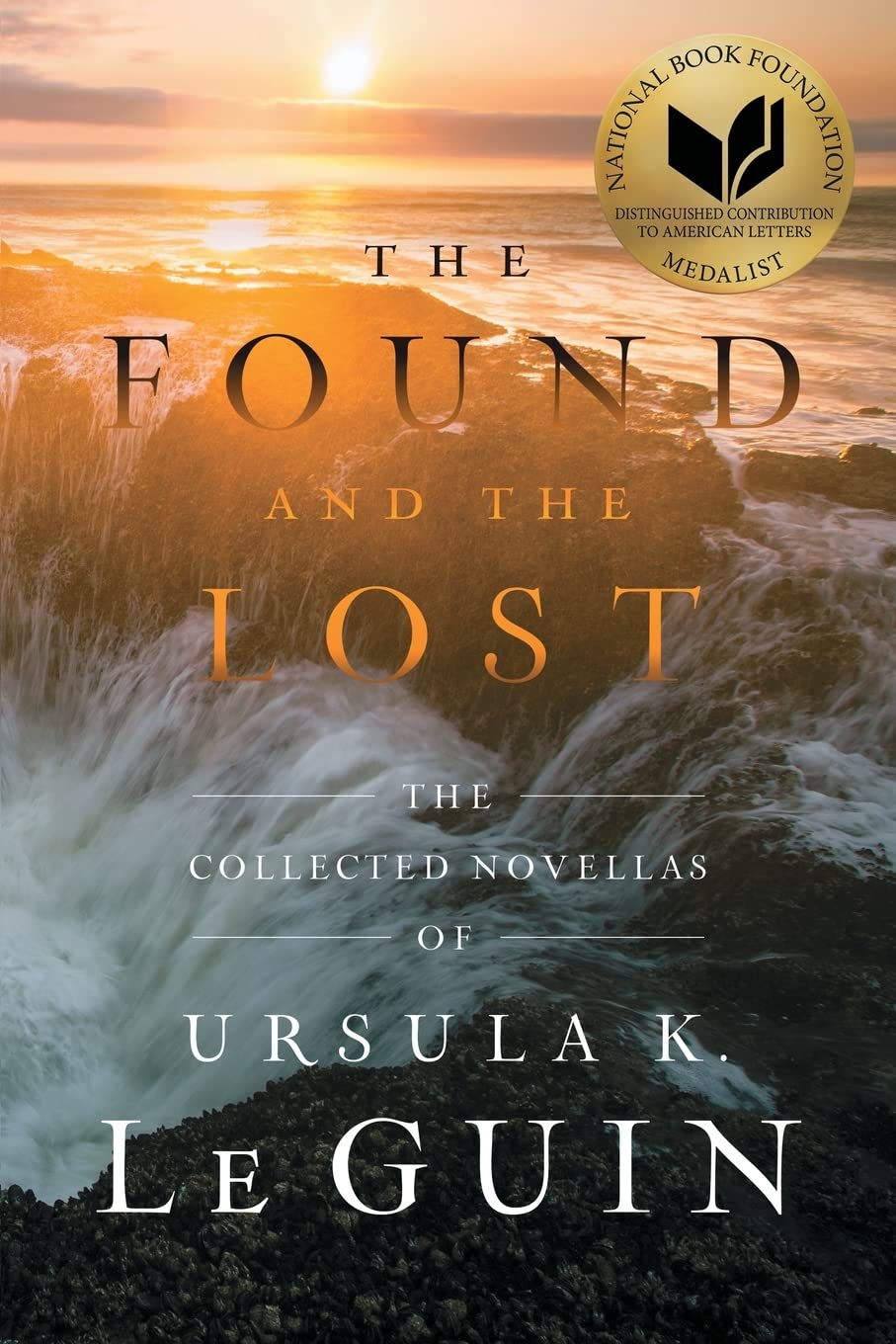
The found and the lost by Ursula K. Le Guin
[This book] represents the first time that all of Le Guin novellas have been collected in a single volume. Featuring …
Techie, software developer, hobbyist photographer, sci-fi/fantasy and comics fan in the Los Angeles area. He/him.
Mostly reading science fiction these days, mixing in some fantasy and some non-fiction (mostly tech and science), occasionally other stuff. As far as books go, anyway. (I read more random articles than I probably should.)
Reviews are cross-posted on my website and I have a blog dedicated to Les Misérables.
Fediverse Main: @kelson@notes.kvibber.com (GoToSocial) Websites: KVibber.com and Hyperborea.org
This link opens in a pop-up window

[This book] represents the first time that all of Le Guin novellas have been collected in a single volume. Featuring …
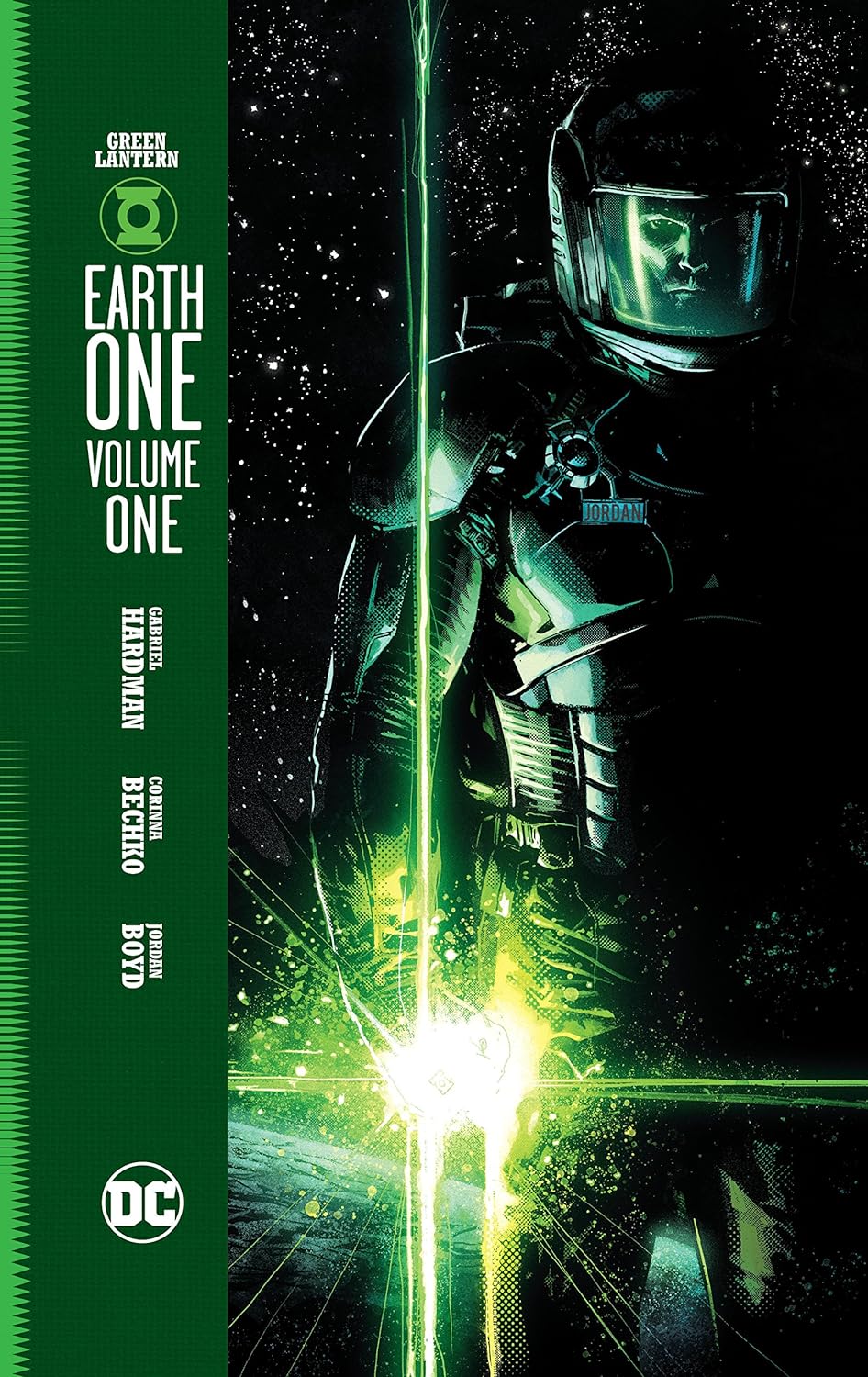
Hal Jordan yearns for the thrill of discovery, but the days when astronaut and adventure were synonymous are long gone. …
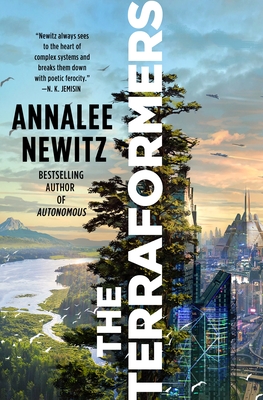
From science fiction visionary Annalee Newitz comes The Terraformers, a sweeping, uplifting, and illuminating exploration of the future.
Destry's life …
"Send the Black Throne to dust; conquer the Black Ones, and bring the Daughter from …
Reading People of the Crater I had to remind myself that if I'd been reading it when I was, say, 12, in 1950, I might have devoured it. It's a fairly standard fantasy adventure that drops a random guy into a fish-out-of-water quest to rescue a lost princess and fight off an army. There are vague sci-fi trappings with nods to Hollow Earth, hidden ancient cities in Antarctica, the various species living there being from another planet. The Ancient Ones and unfortunately named Black Ones are conveniently humanoid enough that the hero and villain both lust after the princess. And the hero fights his way through weird challenges and weirder people, and the villain might as well be twirling his mustache, and it's all very Post-WW2 Tough American Manly Man Doing Manly Hero Things(tm).
But I'm not 12, it's not the 1950s, and while I still like a good adventure …
Reading People of the Crater I had to remind myself that if I'd been reading it when I was, say, 12, in 1950, I might have devoured it. It's a fairly standard fantasy adventure that drops a random guy into a fish-out-of-water quest to rescue a lost princess and fight off an army. There are vague sci-fi trappings with nods to Hollow Earth, hidden ancient cities in Antarctica, the various species living there being from another planet. The Ancient Ones and unfortunately named Black Ones are conveniently humanoid enough that the hero and villain both lust after the princess. And the hero fights his way through weird challenges and weirder people, and the villain might as well be twirling his mustache, and it's all very Post-WW2 Tough American Manly Man Doing Manly Hero Things(tm).
But I'm not 12, it's not the 1950s, and while I still like a good adventure story, I'd rather read one with more interesting concepts or compelling characters (or both).

From science fiction visionary Annalee Newitz comes The Terraformers, a sweeping, uplifting, and illuminating exploration of the future.
Destry's life …

Cosette, having grown into a lovely young woman, has attracted the attention of student Marius Pontmercy. Jean Valjean, ever suspicious …
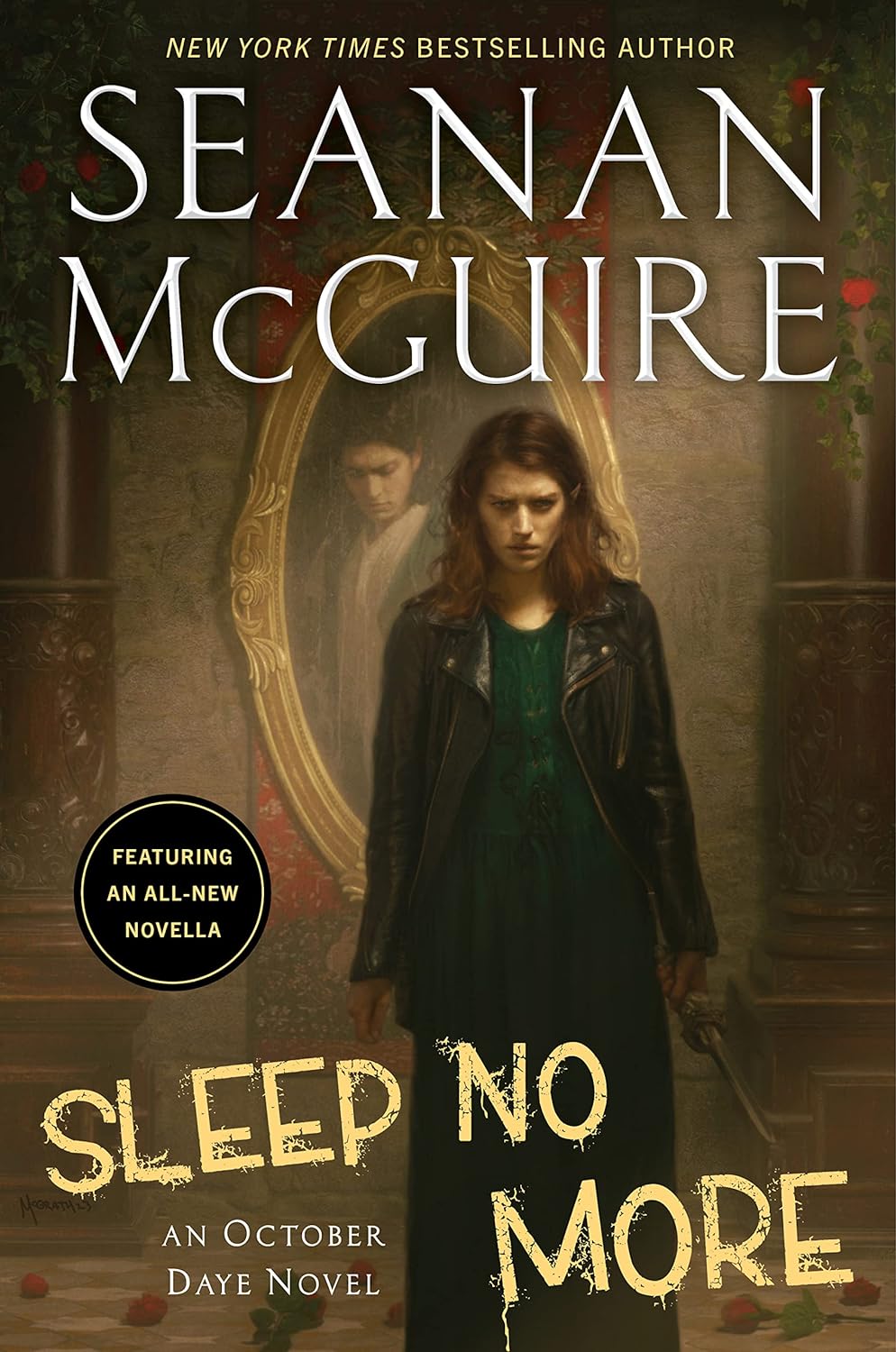
October is very happy with her life as the second daughter of her pureblood parents, Amandine and Simon Torquill. Born …
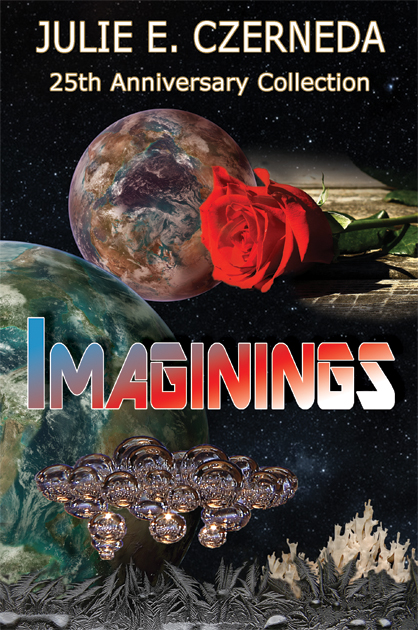
Here Be Wonders!
Aliens among us, or who are us. The perils of birthday cake and a vacation like no …
Content warning Some specifics, including spoilers
It's interesting to read this now, roughly 20 years after it was set and 50 years after it was written. What global problems were people worried about at the time? The eternal ones like war and racism, of course. But they were already starting to worry about the greenhouse effect. Future Portland is hotter than it used to be, and there are massive farms east of the Cascades, and there are droughts in new places... This isn't a lucky guess, this was just following the data. And I couldn't help but think about people I know in the area and their experiences with heat waves and wildfire smoke.
On the other end of things, the real world hit the 7-billion mark without the Malthusian catastrophe predicted by The Population Bomb.
And then there's the chilling moment when George reveals the real first time he dreamed effectively.
In another incident, Lelache is literally erased when Dr. Haber decides to eliminate racism, and George dreams a world where everyone's gray. And when Orr tries to re-write her into reality, he's only able to define her in terms of her relationship to him, leaving her a shadow of her former self. It's not until he finally gets Haber to stop meddling and the universe resettles into a form with actual diversity that she's able to be herself again. Two white men "solving" a problem without consulting the people it affects the most.
Dr. Haber spends a lot of time insisting that the story is contrasting active and passive philosophies, Western vs. Eastern, fix the problems vs. let them be. But the story itself pushes back against this as a misunderstanding of Eastern philosophy and a much narrower vision of what it means to be active. While the solutions George dreams sometimes come with terrible costs, his dreams are at least working within possibilities. Some of the simple solutions, like retroactively creating a lottery for access to cabins in national forests, or changing the alien invasion to an alien first-contact gone wrong, show this more clearly. When Dr. Haber tries to dream a new world himself, it's a disaster, because he's not looking at the connections between things. He still thinks he can swap out exactly what traits he wants, and the side effects are just the results of from George's "inferior," "passive" personality.
While it's true that George tends to go with the flow, that's in part because things have changed so much around him. And because he wants to understand the possible consequences before he acts. He seeks out a lawyer before he tries just avoiding Dr. Haber. He keeps seeing Haber afterward because he knows if he refused, he'll just be forced to anyway. He seeks out a way to bring Heather back, even if he isn't able to do so fully. And in the end, when reality starts splintering, he's suddenly decisive, because there's no choice he can make that would be worse than letting the universe fall apart around him.
That's what Dr. Haber doesn't understand about George, and the Aldebaranians, and philosophy: It's not just passively accepting what is. It's about accepting what is, and acting within that.
The Lathe of Heaven takes us through multiple possible versions of Portland as George Orr, a man whose dreams can change reality, is directed by his therapist to solve the world's problems.
It doesn't go very well.
But while the stakes are global, the story stays laser-focused on three people: George Orr himself, increasingly desperate to take control of his life and his dreams. Dr. Haber, who keeps pushing for more control over the world. And Heather Lelache, a biracial lawyer who becomes aware of some of the changes to reality, but faces more drastic changes than either of the two men at the center of …
The Lathe of Heaven takes us through multiple possible versions of Portland as George Orr, a man whose dreams can change reality, is directed by his therapist to solve the world's problems.
It doesn't go very well.
But while the stakes are global, the story stays laser-focused on three people: George Orr himself, increasingly desperate to take control of his life and his dreams. Dr. Haber, who keeps pushing for more control over the world. And Heather Lelache, a biracial lawyer who becomes aware of some of the changes to reality, but faces more drastic changes than either of the two men at the center of the maelstrom.
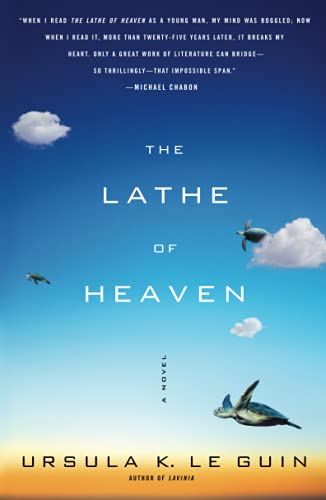
“The Lathe of Heaven” ; 1971 ( Ursula Le Guin received the 1973 Locus Award for this story) George Orr …

Here Be Wonders!
Aliens among us, or who are us. The perils of birthday cake and a vacation like no …